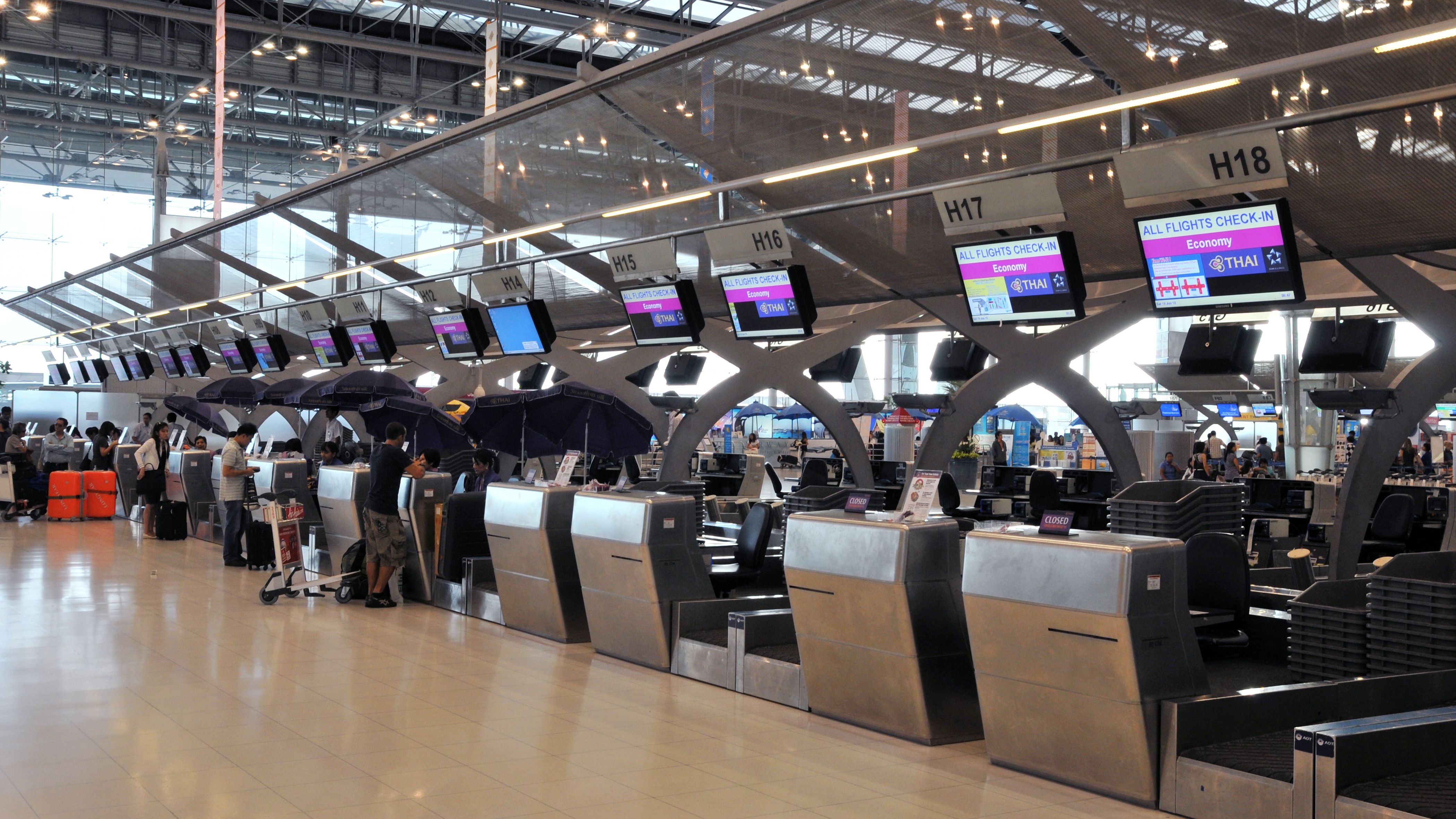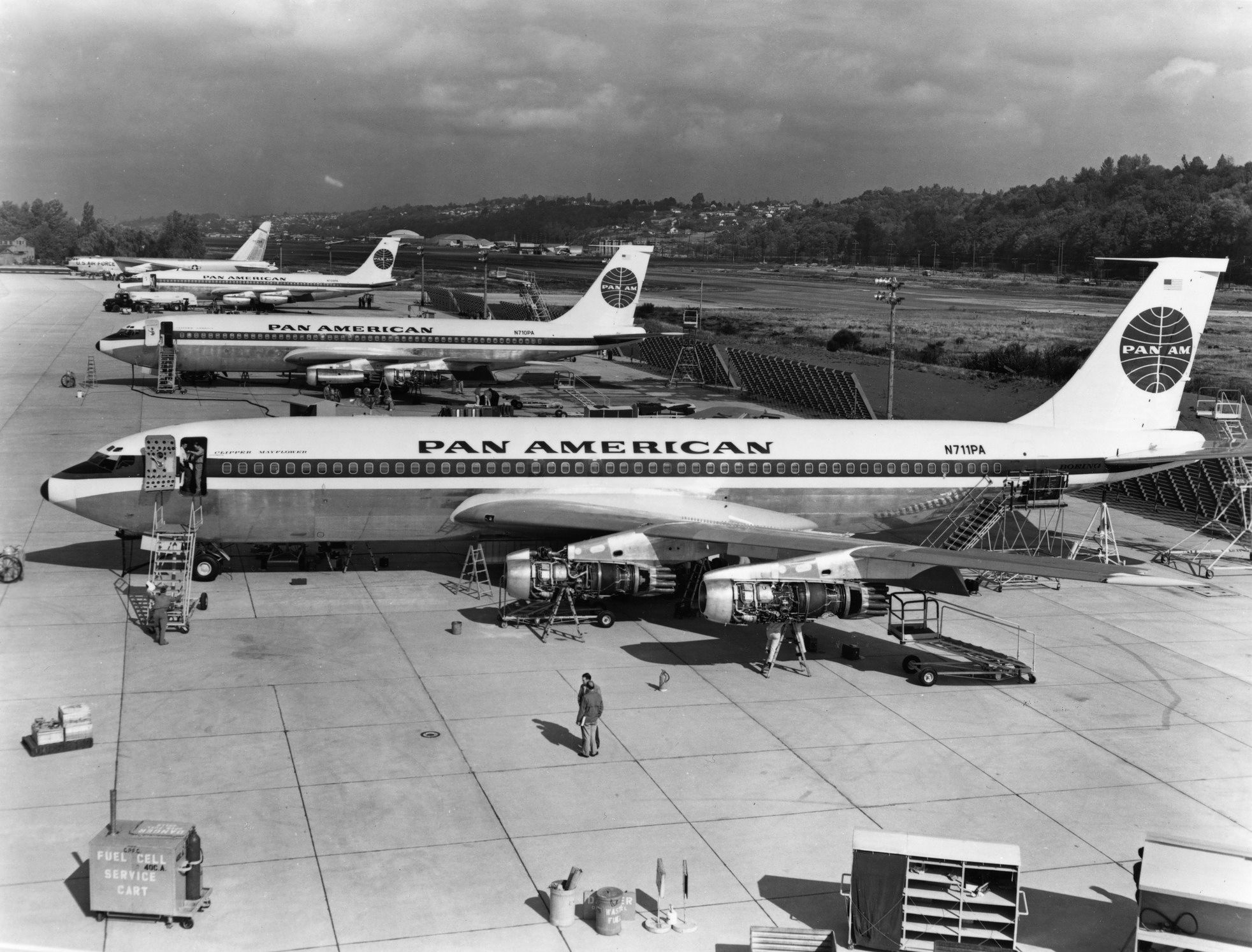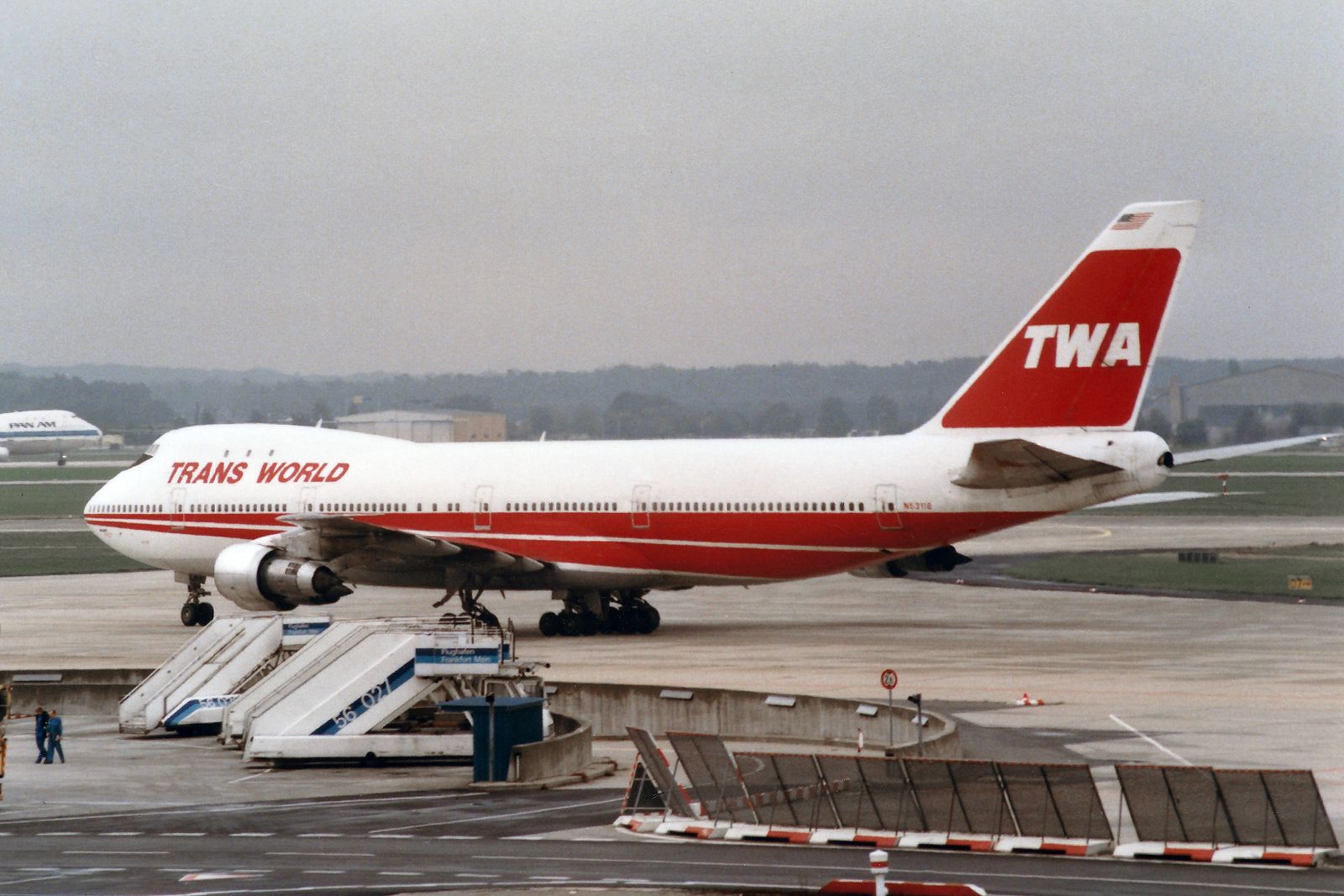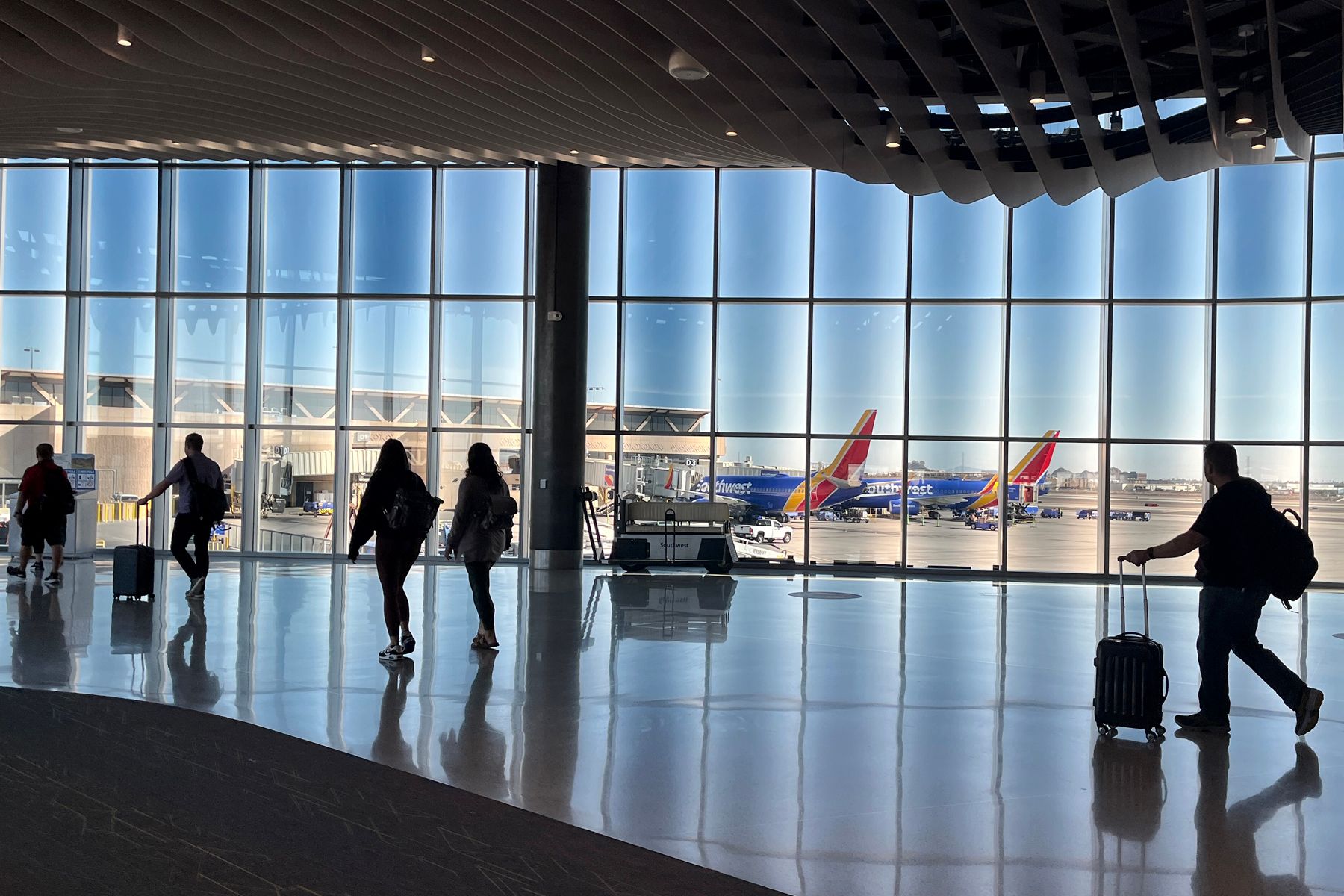In recent decades, air travel has become a natural and, in some cases, essential to the lives of many people across the developed world. Even though aircraft might be more efficient and tracksuits and Crocs have long replaced the days of two-piece suits, airfare has remained consistent, becoming more affordable and accessible to many people worldwide.
Were flights cheaper 50 years ago?
Over the past 50 years, the airline industry has been transformed; much has changed for better or worse. For instance, you probably won’t be getting a martini upon boarding, and legroom has become a luxury for most. Meanwhile, flying has also become a more accessible mode of transport, offering a level of connectivity that was inconceivable in the 1970s.
While flying was once considered a luxury, it is now more common thanks to the rise of international air travel and the growth of the low-cost travel model. These days, you can get a cheap flight by purchasing your ticket with a budget carrier. Yet, for the most part, airfares still feel costly – especially after adding on that luggage allowance.
Love aviation history? Discover more of our stories here
During much of the 1970s, airfares in the US were regulated by the Civil Aeronautics Board (CAB). It had been regulating flights since 1938, controlling commercial aviation schedules and prices. However, recession-inflation in the 1970s began to raise concerns for the government, fearing that high prices for customers in a weak economy could lead to a collapse in the airline industry.
As such, in 1978, a momentous bill was passed through US Congress that gradually eliminated the regulation of airlines. By 1983, all airlines were free of domestic CAB regulation, which meant they could set prices and effectively compete with other carriers.
Airfares: then vs. now
In the 1960s, the average domestic ticket from the Dallas area could cost around $48 – a small price for a trip across the US. Adjusted for inflation, $48 in the early 1960s totals to about $470 today, roughly in line with the fares offered by many domestic airlines. Again, a domestic flight from Chicago O’Hare International Airport (ORD) in 1963 cost $43 on average. That figure is about $416 in 2022. In 2015, the average domestic flight price out of ORD was $360.
Even though these domestic flights appear not to have changed that much, international airfares have become much more affordable. In 1970, a return flight between New York and London retailed for $550. With inflation, that’s around $5,350 in today’s money. With low-cost airlines abound, tickets between New York and London can range from $300 to $1,000 in economy.
Moreover, the rise of low-cost airlines means passengers flexible about their departure can fly for rock-bottom fares, a feat impossible in the small and regulated market of the 1970s.
Are we getting more bang for our buck?
Flights in the 1970s may have been a lot more expensive, but passengers also got much more in terms of service. As airlines didn’t set their own rates, they were guaranteed profits. As a result, with the money travelers paid, airlines could offer crystal glasses, complimentary champagne, and real cutlery, a sharp contrast to today’s plastic cups and boxed meals. So, shouldn’t flights be cheaper?
Well, yes. Technically. Taxes, airport fees, skyrocketing fuel prices, and other additional charges have ramped up overall operational costs. Even after the 1978 deregulation, airlines had more freedom and benefitted from lower overheads. Airlines back in the day were able to operate at higher profit margins. These days, it’s a much different story.
Want answers to more key questions in aviation? Check out the rest of our guides here
In the US alone, there are a whole slew of fees that rack up in airfare, including security charges, Travel Facilities Tax, Immigration User Fee, 9/11 tax, and US Customs User Fee, to name but a few. The cost we pay to fly these days is not spent on copious amounts of alcohol and dedicated air hostess service. It’s to cover the base costs.
The adoption of ancillary service-based fares has also added a different edge to operations. While you may be able to scoop up an affordable ticket at base fare, tacking on seat bookings, suitcases, carry-on luggage, and other services once offered as part of a standard ticket can quickly cause your cheap flight to double or even triple in price. Once exclusive to low-cost carriers, the model has slowly evolved to be included in ticket prices for major airlines and flag carriers, to mixed public reception.
The bottom line
There are other factors to consider, such as the cost of living, the increase in average salaries between decades, and the shift towards sustainable operations, allowing aircraft to slash their fuel costs and perform cheaper, more efficient flights.
Proportionally (inflation considered), flights are much cheaper now than they were 50 years ago. Consequently, flying is a more accessible mode of transport for many and has resulted in the soaring popularity of air travel, which began after deregulation. However, despite the cost drop, the base cost of flying has increased as airlines operate small profit margins and seek to remain competitive.
Moving into the future, if the current financial climate continues, demand for low-cost travel is likely to increase, prompting airlines to offer lower fares, in turn pushing airports and governments to cut certain fees.
Across the pond, low-cost powerhouse Ryanair has been advocating for lower airport costs, putting pressure on governments across Portugal, Spain, Germany, and the UK to ensure operations remain cheap and overheads consistent. Most recently, the airline has halved services to Portugal following an “unjustifiable and excessive” increase in airport taxes. The announcement sparked some panic from Maderia’s government, which is set to work alongside Ryanair to prevent a broader impact on Portugal’s tourism industry.
But then again, if Ryanair had its way, maybe the future of low-cost travel would be in standing seats.
Have you noticed a difference in airfare prices during your lifetime? Have you got a story to share about how flying used to be? Let us know your thoughts in the comments.





